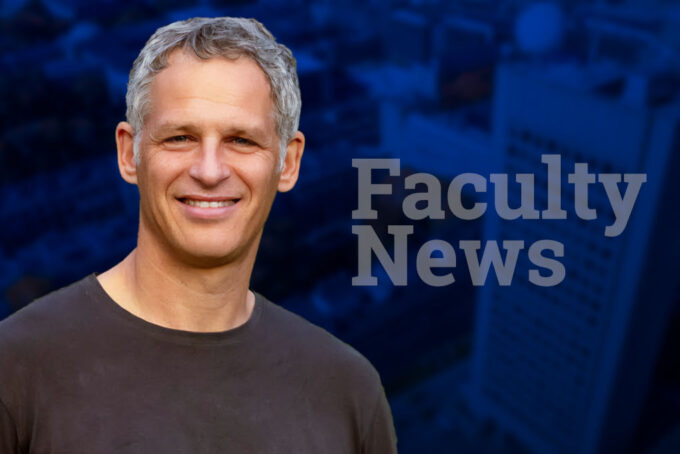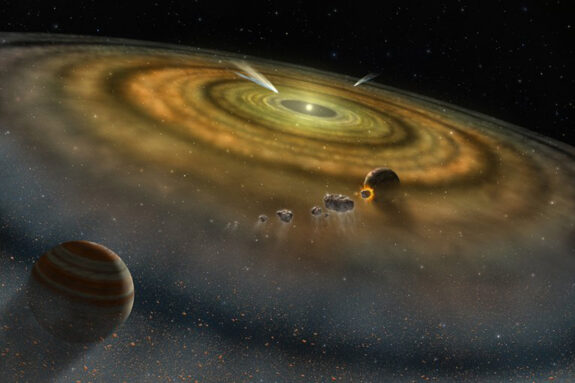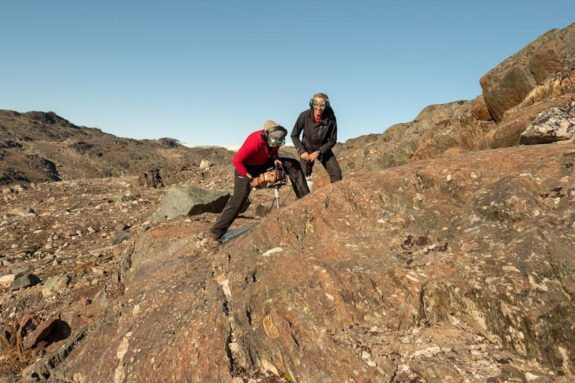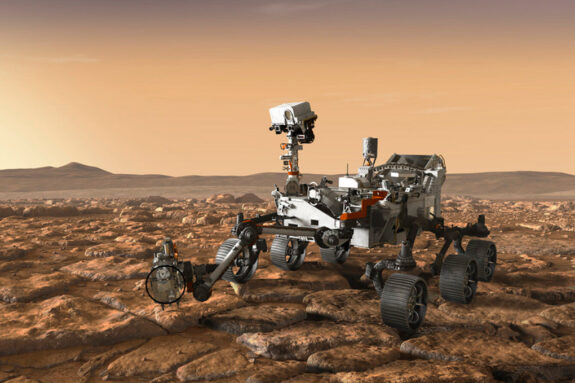Ben Weiss elected to the National Academy of Sciences

Benjamin P. Weiss, Robert R. Shrock Professor of Earth and Planetary Sciences in the Department of Earth, Atmospheric and Planetary Sciences (EAPS) at MIT, was among 120 new members and 30 international members recognized by the Academy today for “distinguished and continuing achievements in original research”.
A specialist in magnetometry, Weiss seeks to understand the formation and evolution of the Earth, terrestrial planets, and small solar system bodies through laboratory analysis, spacecraft observations, and fieldwork. He is known for key insights into the history of our solar system, including discoveries about the early nebular magnetic field, the Moon’s long-lived core dynamo, and asteroids that generated core dynamos in the past. In addition to leadership roles on current, active NASA missions — as deputy principal investigator for Psyche, and co-investigator for Mars Perseverance and Europa Clipper — Weiss has also been part of science teams for the SpaceIL Beresheet, JAXA Hayabusa 2, and ESA Rosetta spacecraft.
As principal investigator of the MIT Planetary Magnetism Laboratory, Weiss works to develop high sensitivity, high resolution techniques in magnetic microscopy to image the magnetic fields embedded in rock samples collected from meteorites, the lunar surface, and sites around the Earth. Studying these magnetic signatures can help answer questions about the conditions of the early solar system, past climates on Earth and Mars, and factors that promote habitability.
Weiss studied physics at Amherst College as an undergraduate and went on to study planetary science and geology at the California Institute of Technology, where he earned a master’s in 2001 and PhD in 2003. Ben’s doctoral dissertation on Martian meteorite ALH 84001 revealed records of the ancient Martian climate and magnetic field, and provided evidence some meteorites could transfer materials from Mars to Earth without heat-sterilization. Weiss became a member of the EAPS faculty in 2004 and is currently chair of the Program in Planetary Science.
With his election today, Weiss joins the NAS ranks alongside fellow EAPS faculty, including Roger Summons (emeritus, 2020), Sara Seager (2015), the late Sam Bowring (2015), Ed Boyle (2008), the late B. Clark Burchfiel (1984), Kerry Emanuel (2007), Tim Grove (2014), Richard Lindzen (emeritus, 1977), Gordon Pettengill (emeritus, 1979), Susan Solomon (1992), Jack Wisdom (2008), Carl Wunsch (emeritus, 1978), and Maria Zuber (2004). Former MIT Course XII faculty have also served as president of the Academy, including current NAS President Marcia McNutt and the late Frank Press.


